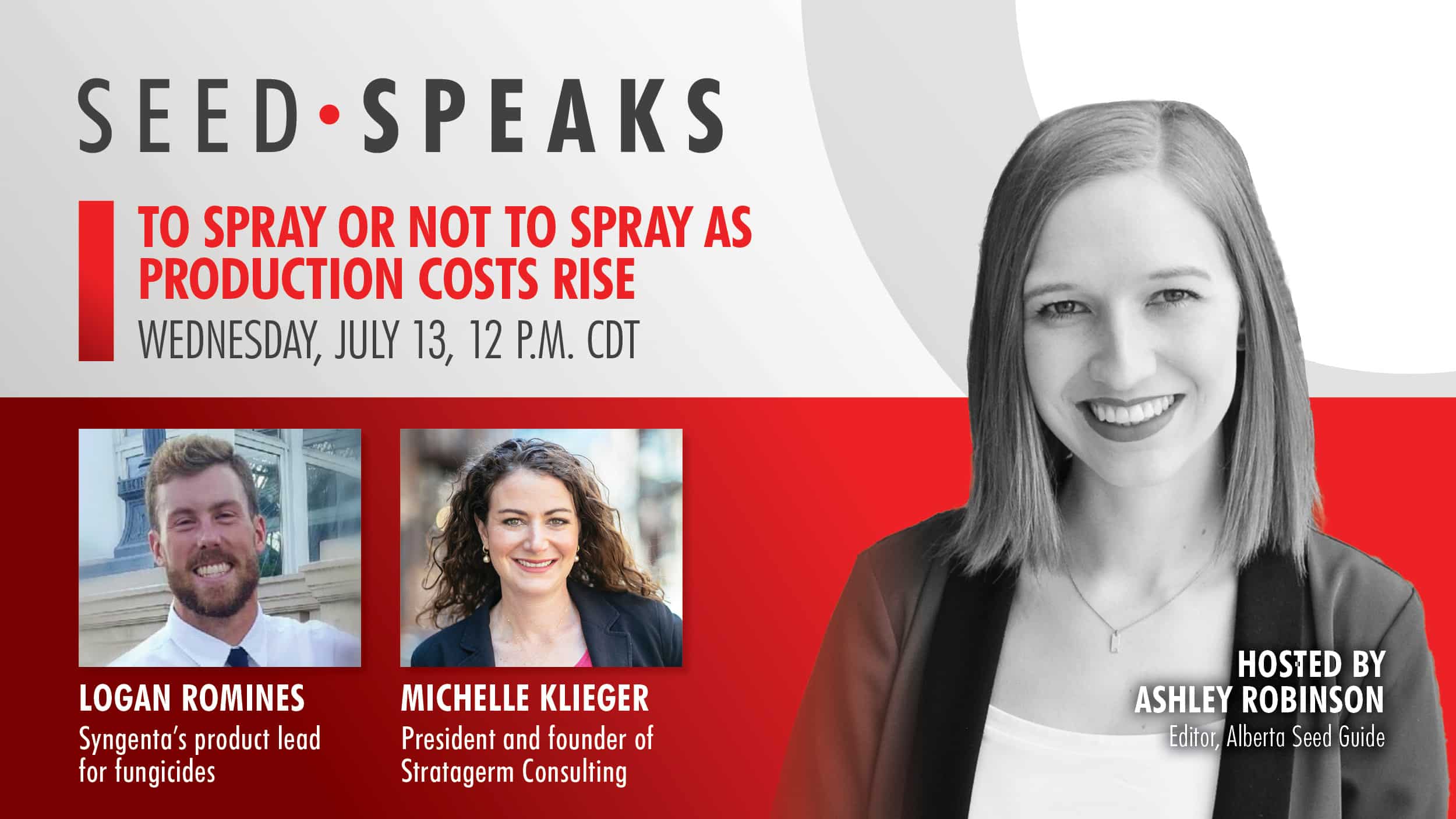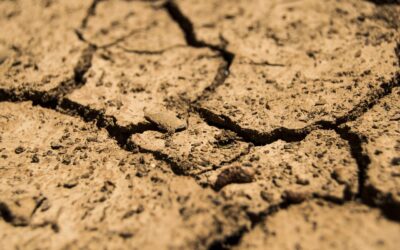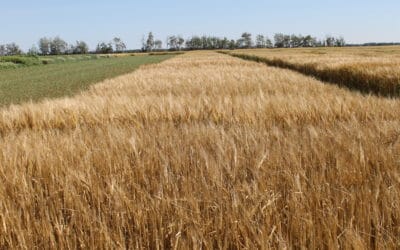The growing season isn’t easy, and this year it’s been extra hard as rising production costs are making it harder to grow that crop. With spraying season in full swing, growers are making tough choices about whether to spray or not. Some of these choices are being influenced by the traditional threats of pests and weather, while others are being influenced by the cost of chemicals being used.
On the July 13 episode of Seed Speaks, we’re taking a closer look at what you should keep in mind this spraying season, and how those rising costs are factoring into those choices. We’re joined by Logan Romines, Syngenta’s product lead for fungicides, and Michelle Klieger, the president and founder of Stratagerm Consulting.
Romines is charge of marketing and pricing for Syngenta’s row crop fungicide portfolio, working with its Adepidyn and Solatenol technologies. He has been with Syngenta since 2014, working first as a development sales representative before spending time in a field sales role in northwest Iowa. Romines has a bachelor’s degree in business administration from Minnesota State University Moorhead.
Klieger is an agricultural economist with 15 years of sector experience. She works with the global seed industry and ag tech companies, amongst others, as an economist and a business strategist. Klieger is a professor of economics at Bentley University, she holds a master’s in agriculture economics from Purdue University and a masters of business administration from Indiana University’s Kelley School of Business.
Join us on July 13 at 12 p.m. CDT on Seed World’s Facebook,YouTube and LinkedIn pages to watch the discussion.
Related Articles
Season Five Seed Speaks Preview — Agronomics in Action
BASF Issues Urgent Notice to Growers Warning of Herbicide Carryover





